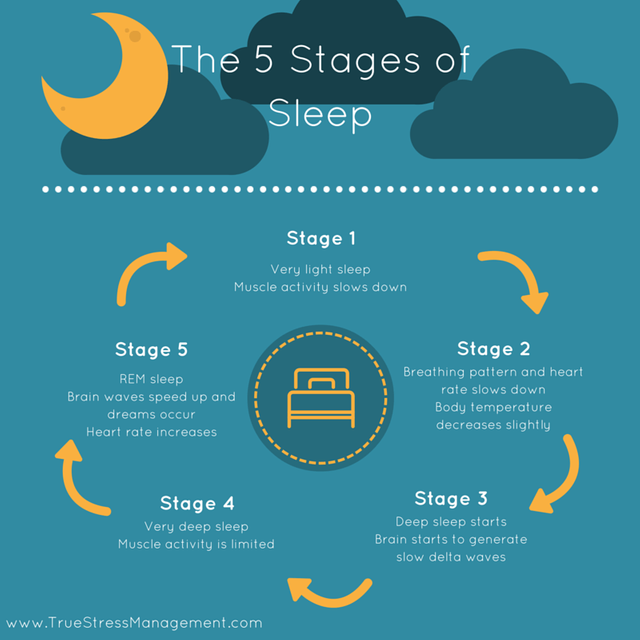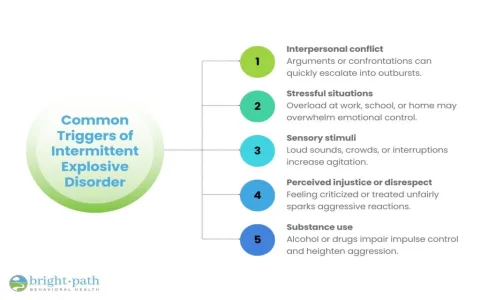Man, I was a wreck a few months ago. We talk about being productive and structured in the daytime, but honestly, my real mess was happening while I was supposed to be resting. I started having this recurring dream, and it wasn’t just spooky stuff; it was actively annoying, sucking the energy right out of me. Every damn night, it was the same deal: standing in front of a giant, ancient metal door. Locked. I couldn’t open it, couldn’t smash it down, and the whole time I felt this crushing, silent frustration. I’d wake up angry, ready to fight the pillow.
I tried the typical garbage first. I bought those cheesy dream dictionaries—you know, the ones that say if you see a door, it means ‘opportunity’ or ‘transition.’ Useless. My anxiety was through the roof, and the general advice just made me feel like I was missing some deep, hidden meaning that only a guru could decipher. I don’t have time for gurus. I needed a simple, bulletproof system, something I could grab hold of at 3 AM and use to just get the message, cut the fluff, and get back to sleep. That’s when I decided to trash all the esoteric nonsense and build a checklist based purely on what happens in real life when we communicate a problem.
The 5 Simple Steps I Put Into Practice
The next time I woke up from that damned locked door scenario, I rolled over, snatched my notebook off the nightstand, and forced myself to follow these steps. This wasn’t about interpretation; it was about data collection and filtering.

Step 1: Capture the Movie.
First thing I did was write down the play-by-play. Not the feeling, just the facts. What happened? I documented the setting: the rough stone wall, the heavy iron door, the sliver of light coming from nowhere, the silence. I focused hard on capturing the sequence of events, even the boring bits where I just stood there trying the handle. This sounds easy, but you have to fight the urge to interpret it right then and there. Just be the camera.
Step 2: Isolate the Vibe.
Once the scene was set, I moved to the emotional core. This is where most people screw up. They focus on fear, but sometimes fear is just a cover for something else. I asked myself: What was the primary, immediate feeling? It wasn’t terror; it was frustration. That tight, buzzing annoyance of being stuck. I underlined that word three times. Frustration. This was the signal, the alarm bell my brain was ringing.
Step 3: Spot the Weird Stuff (The Symbols).
Now that I had the facts and the feeling, I pulled out the symbols. These are the things that wouldn’t happen in real life, or seem out of place. For me, it was the door itself—it was way too big, unnecessarily heavy. Also, the lack of a keyhole, just a big solid slab. I listed them out:
- Giant, unmoving door.
- No visible way to get past it.
- The feeling of immense weight blocking me.
This whole practice made me realize I wasn’t scared of the door; I was just sick of dealing with something heavy and unmovable.
Step 4: Connect the Dots to Waking Life.
This is where the rubber hits the road, and this is the step that fixed my life. I took those symbols and that feeling (frustration) and slammed them up against my current reality. Where in my waking life was I feeling stuck, blocked, or frustrated by something unnecessarily heavy? I ran through my projects, my relationships, my finances. And then it hit me.
I had been dragging my feet for six weeks on signing off on a major partnership agreement. The contract was huge—tons of legalese, very intimidating, and if I signed it, I was locked in for five years. I kept pushing it off, saying I needed to review it “one more time.” That contract felt exactly like that massive, unmoving slab of iron. I was the one standing in front of the door, and I was the one refusing to open it (or even address the mechanism needed to open it).
Step 5: Define the Homework.
My mind wasn’t trying to send me a scary warning; it was yelling, “Just deal with the paperwork, idiot!” So, I set a specific action item before I even got out of bed. The dream homework was: “Review the contract before noon, mark the two issues, and send the damn email to the lawyer.”
I got up, drank a cup of coffee, spent 90 minutes facing the actual mental blockage, and sent the notes. The decision felt good, immediate, and relieving. Guess what? That night, and every night since then, the giant locked door has not shown its ugly face again. Not once.
This whole exercise showed me that dreams aren’t always poetic mysteries; sometimes they are just persistent project managers, forcing us to look at the biggest roadblock we are actively ignoring. My system cut out the psycho-babble and forced me to connect the emotional signal directly to a concrete, real-world task. That’s the secret sauce. If you’re struggling, ditch the books and just build yourself this simple analysis pipeline. It works, and it gets you back to sleeping like a baby.














